These photographers helped shape and define nearly every area of our world, from rock music to civil rights to fine art. Here, TIME celebrates the lives and work of some of the great photographers we lost in 2017.
Russ Adams (1930-2017)

Russ Adams, a pioneer in tennis photography, died on June 28 at the age of 86, just weeks after the death of his wife of 65 years, Betty. Nominated for a Pulitzer Prize in 1955, he began his career at the Worcester Telegram and the Boston Herald-Traveler photographing sports greats in the Boston area. By 1953, he had honed in on the sport of tennis — a subject that would dominate the next 50 years of his life.
Among his many accomplishments, he worked with the USTA to create a code of conduct for photographers covering tennis around the world in 1969 and was inducted into the International Tennis Hall of Fame in Newport, R.I., in 2007. “He’s our dean, our guru, our guardian,” tennis champion Billie Jean King told the Boston Globe when Adams was inducted into the Hall of Fame. “Believe me, the players look for him and love him.”
His body of work, comprising about 1.6 million images, is considered the largest privately held source of tennis images in the world.
Richard Benson (1943-2017)
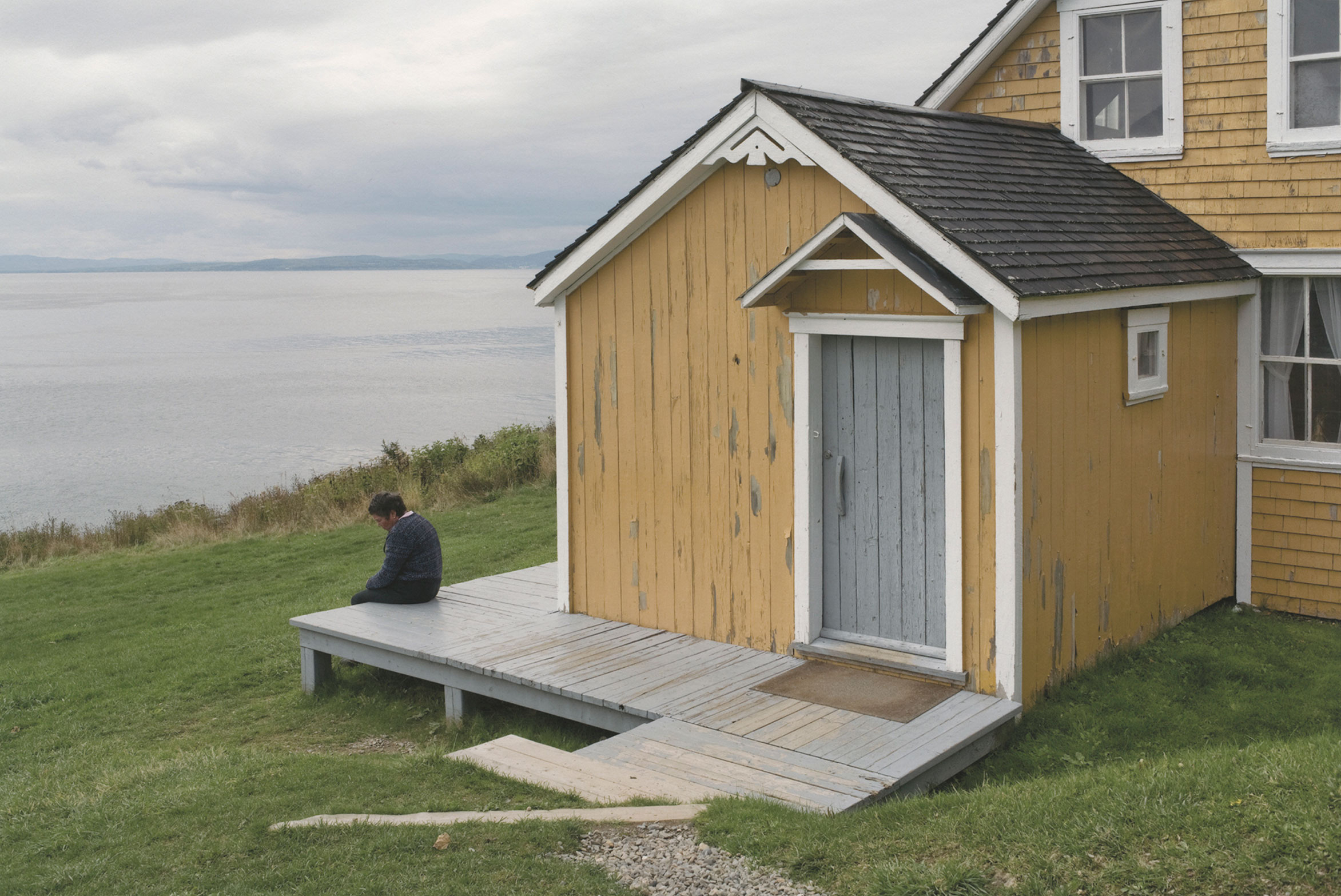
Photographer, educator and master printer Richard “Chip” Benson died in Providence on June 22 at the age of 73. Benson taught photography at the Yale University School of Art for more than three decades, starting in 1979, and also served as Dean from 1996-2006. Among his many accomplishments are two Guggenheim Fellowships and a MacArthur fellowship. The son of a stonecutter, he always loved working with his hands.
He is perhaps best known for his innovations in photographic offset printing techniques and, later, ink-jet printing. In 1981, the Gilman Paper Company bought him an offset printer to install in his home in Newport, R.I., with which he was able to reproduce 200 of the historic photographs in the company’s collection, by photographers including Matthew Brady, Alfred Steiglitz and Robert Frank . He spent nearly five years creating prints that were tonally accurate to the originals. In a talk recorded for a later exhibit at the Museum of Modern Art, Benson stated that he couldn’t sleep through the night during that period, due to “blind terror” that he would screw it up.
From platinum palladium to the most cutting-edge digital technology, Benson embraced the future of photography and still believed in the power of the print.
Nick Cornish (1966-2017)
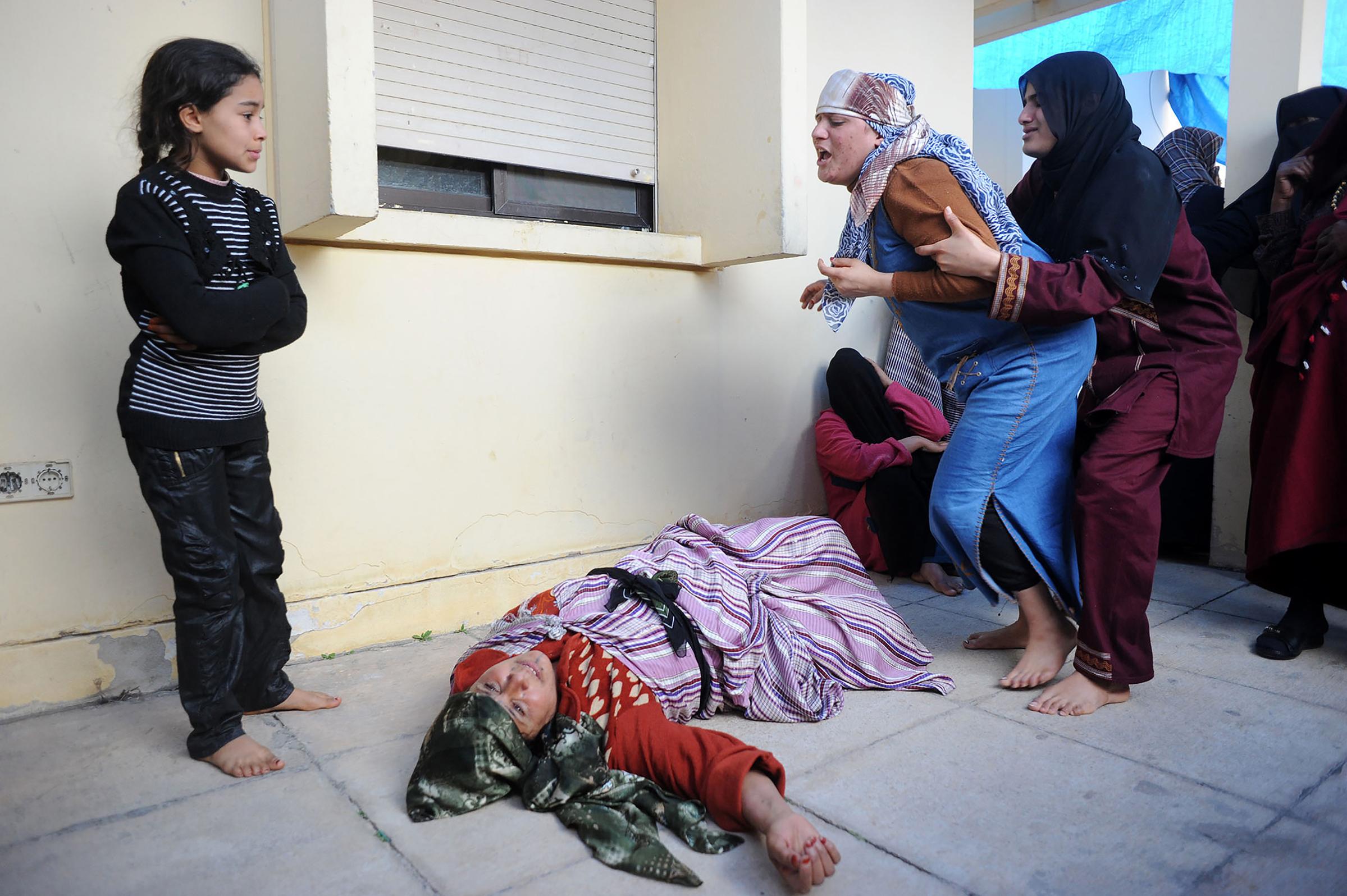
Photojournalist Nick Cornish died after a battle with leukemia on Jan. 18. He was only 51 years old. During his two-decade-long tenure at the London Sunday Times, he covered conflicts ranging from the wars in Libya, Syria and Iraq to riots in Europe and everything in between. He was a photographer who put himself in harm’s way on a regular basis.
In addition to working as a photojournalist for the Sunday Times and other publications, he was an accomplished commercial photographer with an eye for portraits and landscapes. He lived in Umbria, Italy, with his wife, Simona. “He was not just a wonderful photographer;” said Sunday Times picture editor Ray Wells in a Facebook tribute to Cornish, “he was the most gracious and self-depreciating of men, always surprised that anyone would know his name.”
Marie Cosindas (1923-2017)
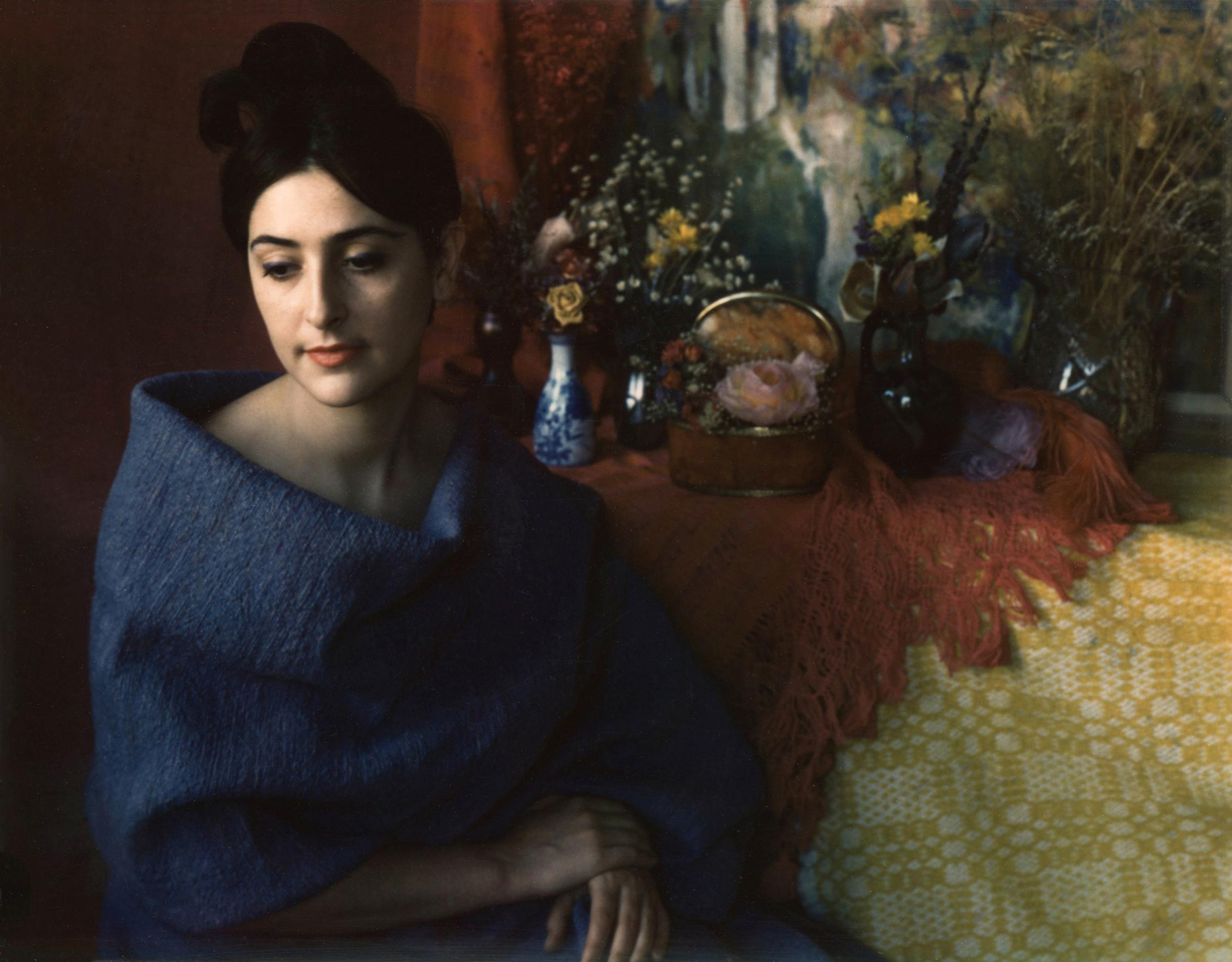
Marie Cosindas, a pioneer in the use of color photography, died in her hometown of Boston on May 25 at the age of 93. She had studied textiles and painting at the Modern School of Fashion Design and the Boston Museum School before a 1959 trip to her family’s homeland of Greece triggered a passion for photography.
After studying and attending workshops with Paul Caponigro and Ansel Adams, she was referred to Polaroid’s Edwin Land in 1962 to test out the company’s new instant-developing film. Excelling in experimentation with color film, particularly in its uses for ethereal portraits and still-lifes, she garnered the interest of Museum of Modern Art curator John Szarkowski. He would offer her an exhibition in 1966, making her just the fifth woman in the museum’s history of have a solo show. In the press release, Szarkowski stated that her photographs were “as real and as unlikely as butterflies.”
Her work fell into obscurity during the 1980s but was revisited in 2013 when two museums — the Amon Carter Museum of American Art in Fort Worth, Tex., and the Photographic Resource Center at Boston University — presented new looks at her work. During her lifetime, she was the recipient of a Guggenheim Grant, a Rockefeller Grant and two honorary degrees.
Arlene Gottfried (1950-2017)

Street photographer Arlene Gottfried died on Aug. 8 from complications of breast cancer. She was 66 years old. Born and raised in Brooklyn, she was the older sister of actor and comedian Gilbert Gottfried, but her compassionate, curious photos of everyday New York City stand on their own.
As a teenager, she received her first camera from her father and would roam her Brooklyn neighborhood photographing her surroundings and interesting characters. After studying at the Fashion Institute of Technology in New York City and working for an advertising agency, she shot for publications such as the New York Times Magazine, FORTUNE, LIFE and Newsweek. But her street work, captured over the course of three decades, resonated the most.
During the course of her career Gottfried published five books — the first of which, 1999’s The Eternal Light, brought her into such close contact with her subject, the Eternal Light Community Singers, that she became a gospel singer herself. (The photo featured in the gallery is from her 2011 book Bacalaitos and Fireworks.) And yet, in an interview with TIME’s Paul Moakley that year, she said that she still felt sometimes that she didn’t know much the business of making a photo book, even though she had clearly proved her aptitude at the process. “I’m good at taking the pictures and putting them in some order,” she said. “For me it’s a way of concluding something.”
Stanley Greene (1949-2017)

Photojournalist, World Press Award winner and founding member of Noor photo agency Stanley Greene died on May 19 in Paris after a long battle with cancer. He was 68 years old. Born in Brooklyn, N.Y., in 1949, he received his first camera from his parents at age 11. As a teenager, he joined the Black Panthers and was an anti-Vietnam activist. With the encouragement of renowned photojournalist and former LIFE photographer W. Eugene Smith, Greene pursued photography at the School of Visual Arts (SVA) in New York.
After college he moved to San Francisco and documented the punk scene and produced a body of work called “The Western Front.” He would move to Paris in 1986 and have a brief career as a fashion photographer and was in East Berlin in 1989 when the Berlin Wall fell.
He won his first World Press award in 1994 for his 1993 work in the Russian White House. He was the only western journalist inside during the coup attempt against Russian President Boris Yeltsin. His focused work in conflict zones including Chechnya, Georgia, Afghanistan and Iraq would win him additional World Press awards and other honors including the W. Eugene Smith award in 2004 and the Lifetime Achievement Visa d’Or Award in 2016
Speaking to TIME earlier this year, MaryAnne Golon from the Washington Post stated: “From battlefields in Chechnya and Iraq to the Silk Road in Asia to New Orleans underwater to long defunct punk clubs in San Francisco, Stanley Greene floated through all with his gifted eye and came away with haunting black and white photographs often as unusual as he was.”
Ren Hang (1987-2017)

Controversial Chinese photographer and poet Ren Hang died on Feb. 24 in Beijing. Born in Jilin, China in 1987, he wrote about his struggle with depression on his website; he was 29 and is reported to have jumped to his death.
Known for nude portraits of his friends, he began taking pictures as an advertising student while studying advertising a the Communication University of China using a point and shoot camera. Hang once said he “simply shot what he saw,” and in China what he saw got him arrested on various occasions for his sexually explicit work. This did not stop him from creating work and during his lifetime he published seven photo books and a book of poetry. Renowned Chinese artist Ai Weiwei took an interest in Hang’s work and included his photos in a 2013 exhibition in the Netherlands and curated his 2014 exhibit, La Chine a Nue at Paris’ Nue Galerie.
Speaking to TIME earlier this year, Alexander Öberg, of Galleri Tryffelgrisen, a longtime collaborator of Hang’s, told TIME he was a “lovely person and an incredibly creative artist who had so much more to share with the world.”
Don Hunstein (1928-2017)
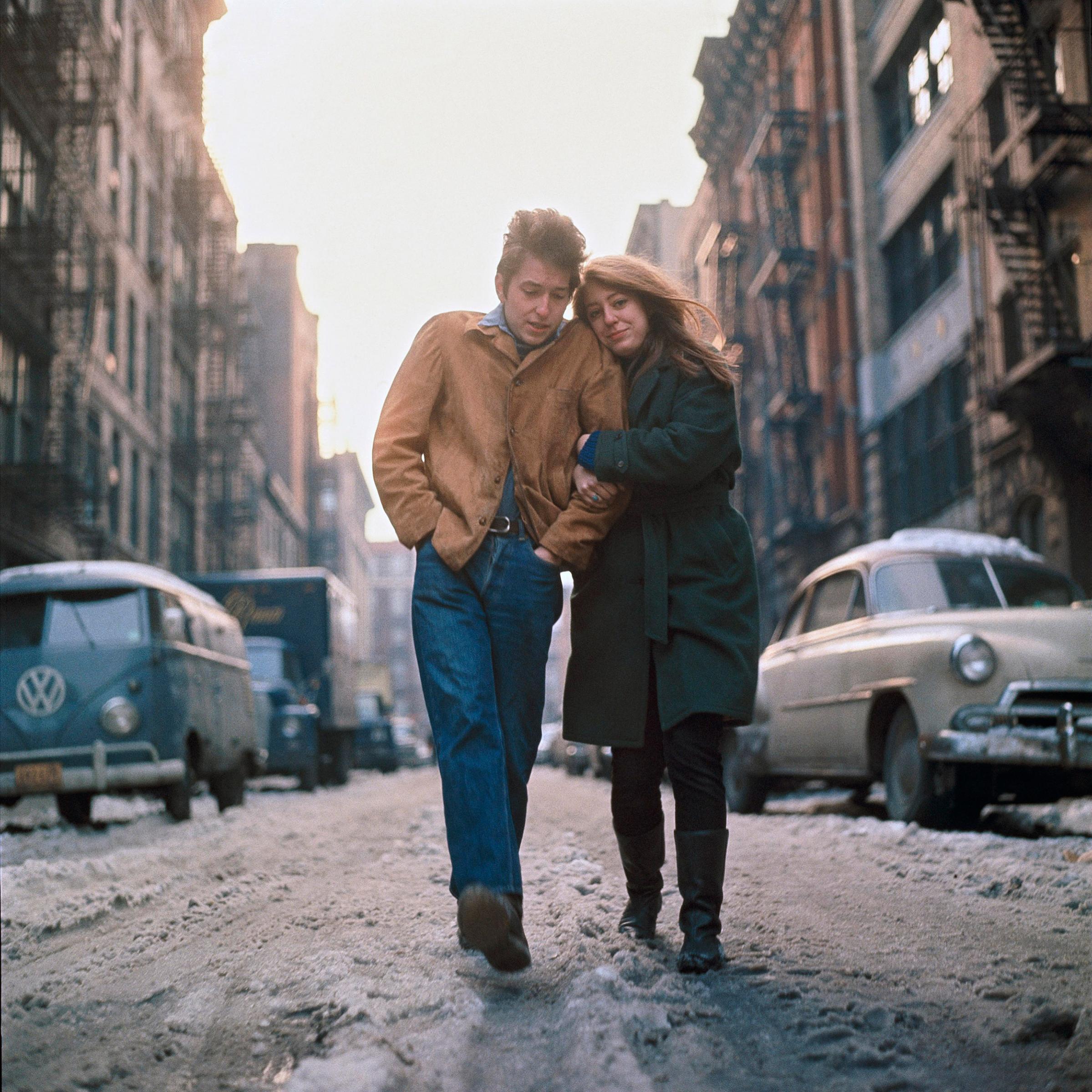
Don Hunstein, best known for his iconic images of Columbia Records musicians, died in on March 18, from Alzheimer’s disease, in New York, N.Y. He was 88 years old. Born in St. Louis, Mo., Hunstein first became interested in photography while in the Air Force, stationed in Fairford, England. He bought his first camera, a Leica M3, after being inspired by the work of Henri Cartier-Bresson.
Not long after returning to New York, he began his career at Columbia Records in the company’s photo library. The position afforded him incredible access to photograph musicians including Billie Holiday, Miles Davis, Johnny Cash and Bob Dylan. He would go on to become chief photographer and Director of Photography for the label, spending 30 years of his career there. Hundreds of his photographs, as album covers, made their way into homes across the world.
One of those pictures in particular would become a defining image in pop culture. Early in his career, he captured Bob Dylan and girlfriend Suze Rotolo on a cold winter day in 1963, walking down the street in Greenwich Village. That picture would become the album cover of Freewheelin’ with Bob Dylan. The album cemented Dylan as a major recording artist and its cover remains one of the most recognizable images in Hunstein’s archive.
Ben Martin (1930-2017)

Ben Martin came to photography young: He received his first camera at the age of 8 and became the youngest member of the National Press Association at 17. But when he joined TIME magazine it was as a copyboy, after a promised job in the photo department of LIFE was eliminated. Carrying around a camera around with him everywhere had its advantages, however, and he quickly went from copyboy to one of the magazine’s first staff photographers, shooting alongside many of the great LIFE photographers. He died on Feb. 10 in Salisbury, N.C., at the age of 86.
Martin is responsible for many of the memorable images that ran in the pages of TIME and LIFE during that era, including photographs of the 1960 presidential debate between Richard Nixon and John F. Kennedy and JFK’s funeral in 1963. In 1965, he joined civil rights leader Dr. Martin Luther King Jr. on his march from Selma to Montgomery, Ala. As the photographer spent much of the march walking backwards, the assistant United States Attorney General John Doar said that Martin was “the best shield Dr. King could have.”
Speaking with TIME, Martin’s former wife Kathryn Leigh Scott fondly remembered that he always said he would never retire. In fact, he never did and continued to work right until the year before his death.
Lennart Nilsson (1922-2017)
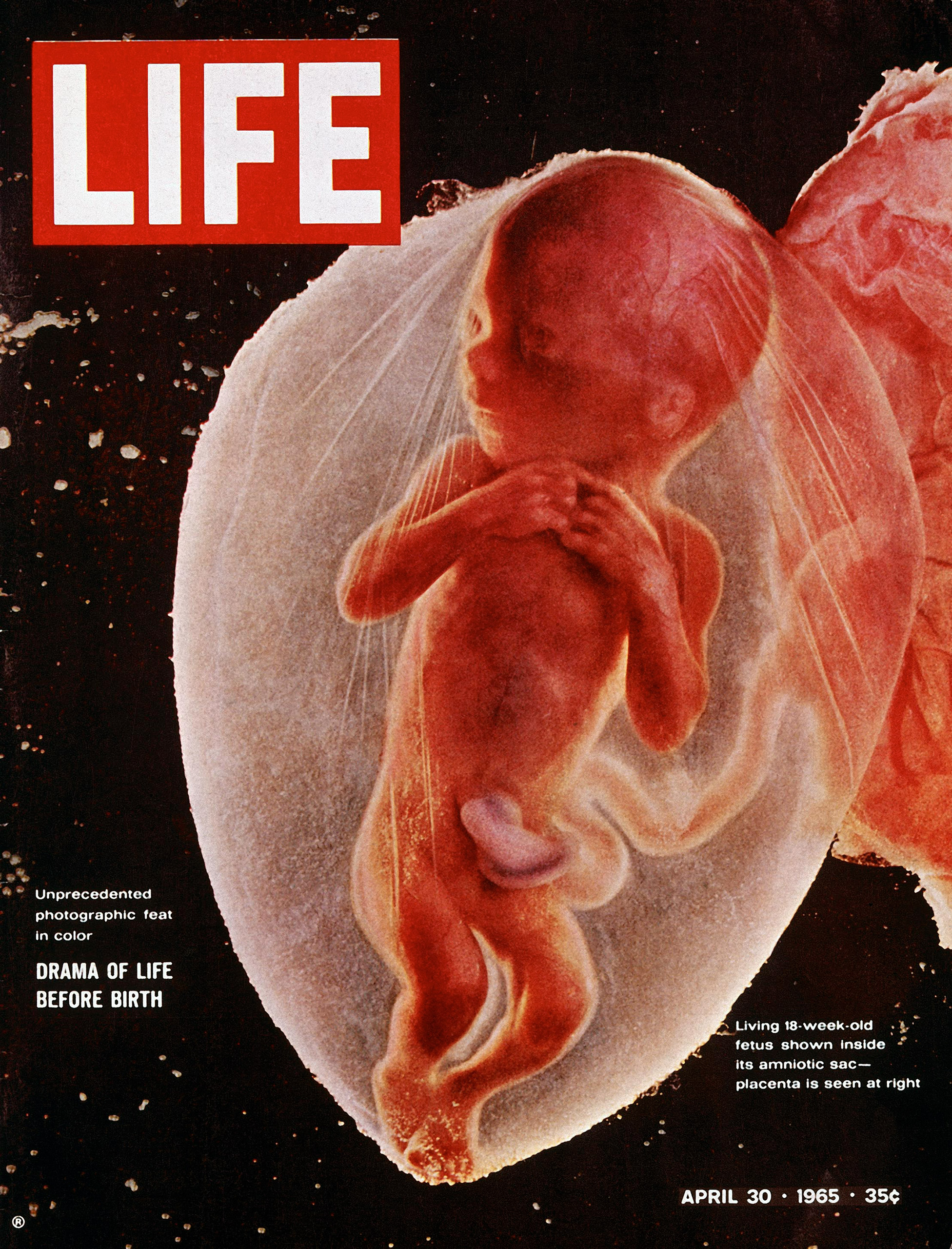
Swedish photographer Lennart Nilsson, well known for his groundbreaking scientific imagery, died on Jan. 28 in Stockholm. He was 94 years old. Nilsson became a household name after LIFE magazine published the April 30, 1965, cover story Drama Of Life Before Birth, a photo essay that introduced LIFE’s large audience to color images documenting the growth of the human embryo. These images — which had been made over the course of 12 years, amid controversy over whether the fetuses on the pages were alive or not — fascinated readers, leading the issue to sell over 8 million copies in the first four days of publication.
Nilsson described himself as “fascinated with mankind,” but his fascination with the camera also began early. Born in Strängnäs, Sweden on Aug. 24, 1922, he received his first camera at age 11 and followed his father and uncle to a career in photography, working as a freelancer in Sweden in the mid-1940s before he embarked into the world of scientific photography.
During his career, he received Emmy awards for two of his documentaries, The Saga of Life (1982) and The Miracle of Life (1996). He is also credited with taking the first images of the human immunodeficiency virus and the SARS virus. His many honors include three honorary doctorates and membership in the Swedish Society of Medicine. In 2016, the iconic fetus that appeared on the cover of LIFE was included in TIME’s 100 Most Influential Photos.
George Pitts (1951-2017)
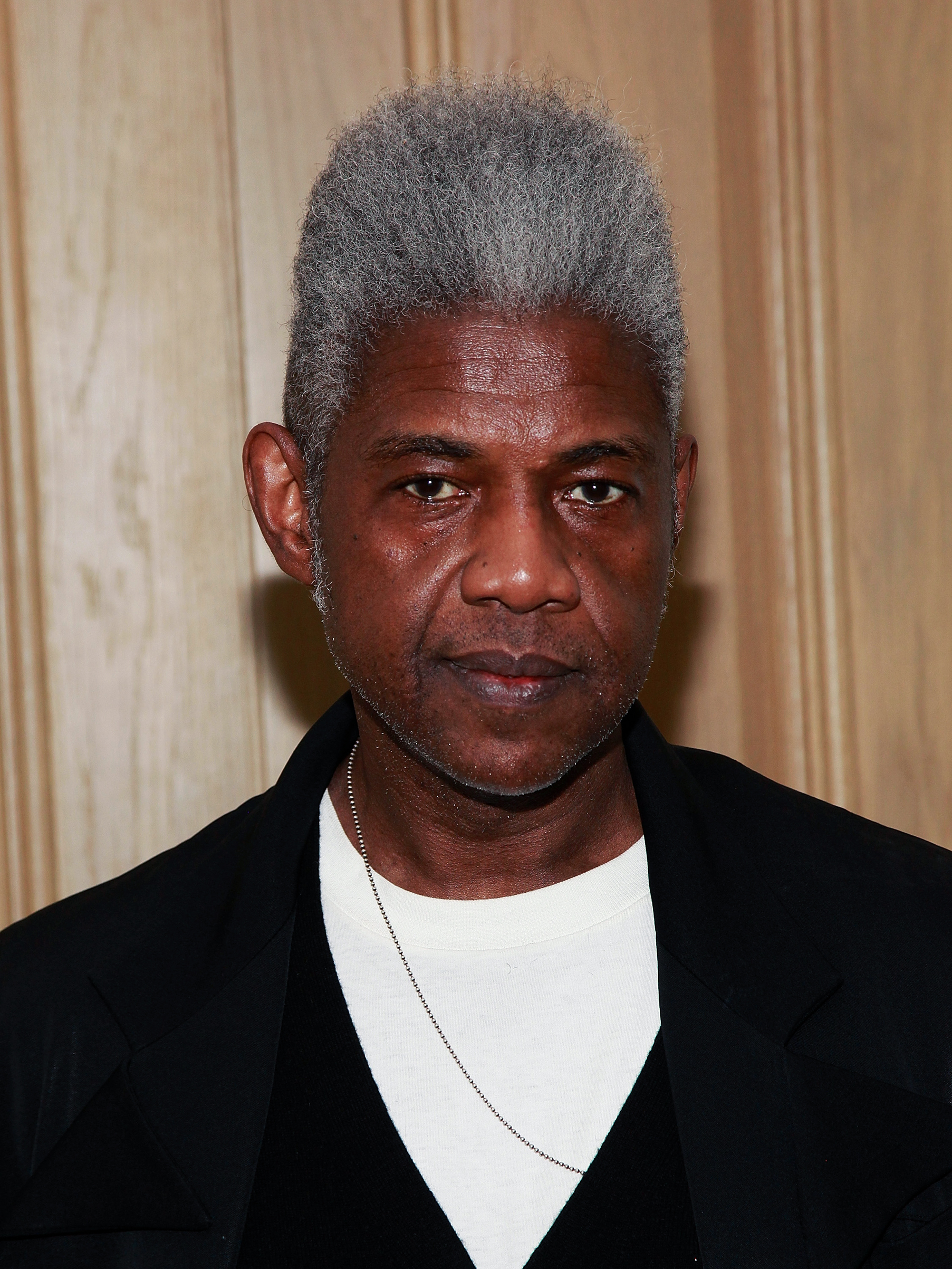
George Pitts, a pillar in the photographic community, died on March 4 after a long illness. He, seen above, described himself as a photographer, artist and writer on his website, but he was much more: a painter by training, a pioneering photo editor and an educator whose students often went on to become stars in their own rights. He was the founding photo director of Vibe Magazine from 1993-2004 and the Director of Photography of the revived LIFE magazine from 2004-2007.
“I vividly remember our meeting in 1999,” photographer Gillian Laub told TIME in the wake of Pitts’ death. “I remember immediately after looking at my photographs he said, ‘Some people photograph with only their brains as an intellectual quest, but your images come from your heart.’ He was deeply and so passionately interested in people and photography.”
Mel Rosenthal (1940-2017)
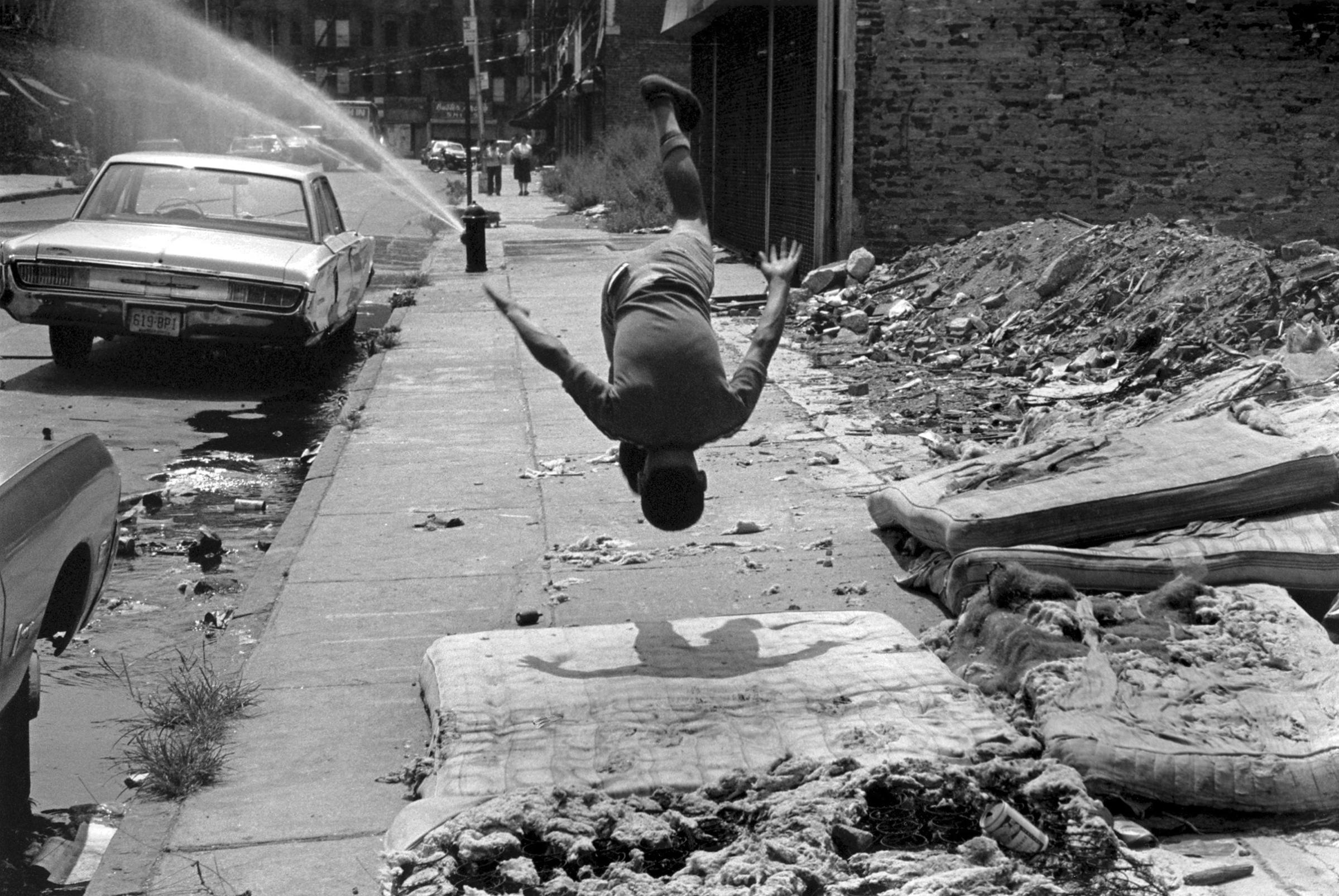
Born in the Bronx in 1940, photographer and educator Mel Rosenthal became well known for his work in the New York City borough. Though he received a Ph.D. in American Studies in 1967, it was in Tanzania that he found his passion for documenting the human condition through photography. He died on Oct. 30 at 77.
The teaching career he began at Empire State College in 1975 would last for the next 36 years of his life, during which time he returned to the South Bronx to document his hometown and its resilient residents. In 2000, he published a book, In the South Bronx of America, images from which were later exhibited at the Museum of the City of New York.
“I’m not an artist; I’m a messenger,” he said in a 2011 interview with the New York Times. “I go to a place to see what’s going on, bring it back for people to see, then I go to the next place.
David Rubinger (1924-2017)
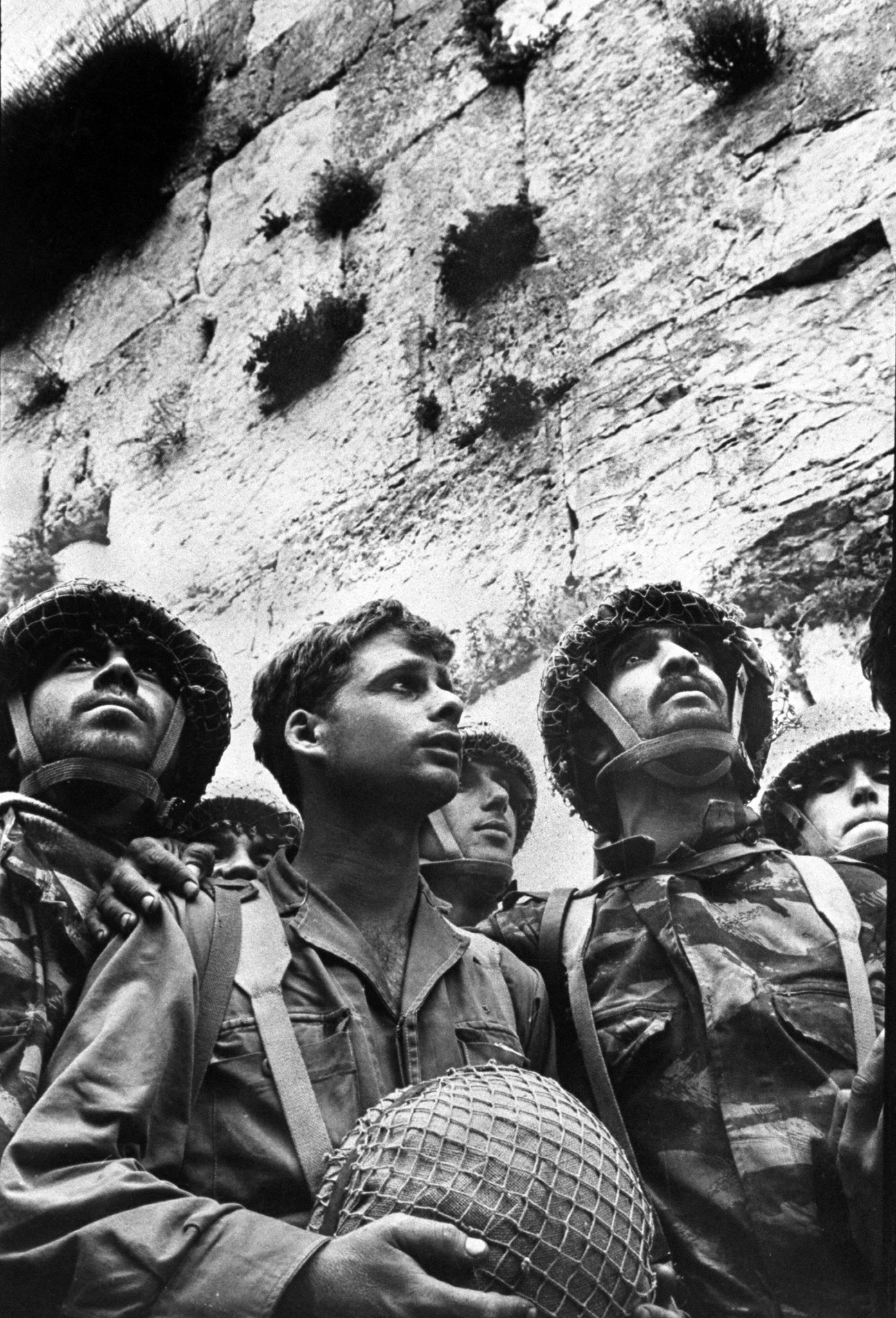
David Rubinger, who died on March 1 at 92, was known as one of Israel’s most famous photographers — and in fact his link to that region was older than the nation itself. Born in Vienna in 1924, he moved to British Mandate Palestine as a teenager in 1939. While his father escaped to Great Britain, his mother perished in the Holocaust.
Rubinger was introduced to photography when he received his first camera from a girlfriend while on leave from his post in the Jewish Brigade of the British Army. He would go on to photograph his adopted homeland for more than six decades, for several local outlets and later, starting in 1954, for TIME and LIFE. The photo included in this gallery, of paratroopers at the Western Wall, is considered a defining image of conflict and his “signature photo” from 1967’s Six-Day War. He did not consider this to be the best image on the roll, but it was distributed by the government and gained widespread exposure.
Among his many accomplishments, Rubinger helped found the Foreign Press Association, published a decisive book of his work in 2008, and in 1997 became the first photographer to be awarded the Israel Prize in communications, the country’s highest honor in the field. Israeli President Reuven Rivlin eulogized Mr. Rubinger in a statement: “There are those who write the pages of history, and there are those who illustrate them through their camera’s lens. Through his photography, David eternalized history as it will be forever etched in our memories.”
Khadija Saye (1992-2017)
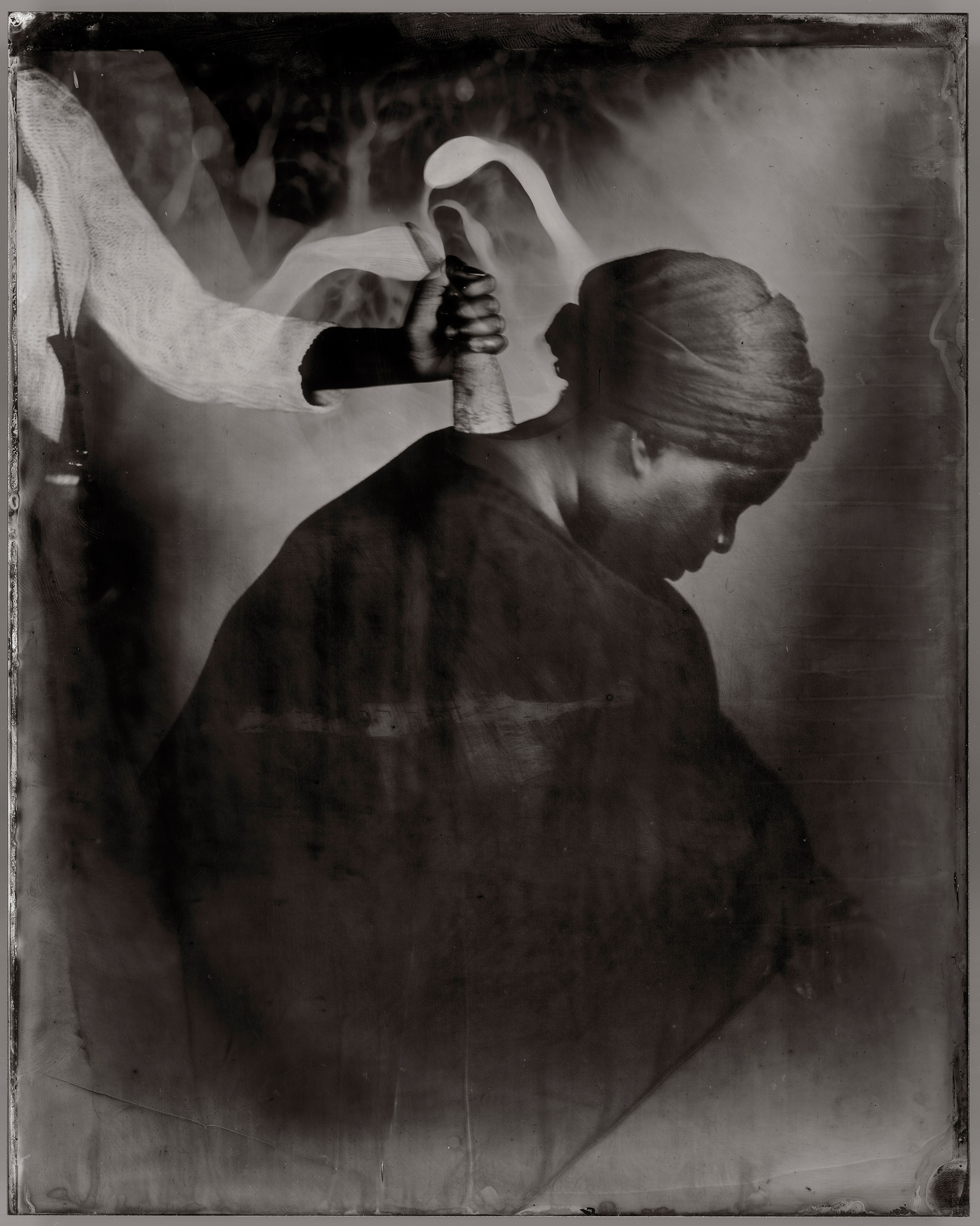
Khadija Saye, a rising star in the photography world, died in the Grenfell Tower Fire on June 14, 2017. She was only 24 years old, and lived with her mother on the 20th floor. Although she was born and raised in London, her work was closely tied to her Gambian heritage.
Saye attended the prestigious Rugby School and the University for Creative Arts at Farham, where she earned a BA in photography. While a student, she created a series called “Crowned” that focused on identity, hair and her understanding of being a black woman. This work caught the eye of artist Nicola Greene, who selected her work to be included in the Discerning Eye Exhibition at the Mall Galleries in Central London in 2014. Saye’s work was subsequently exhibited at the Diaspora Pavillion (which Greene co-founded) at the 2017 Venice Biennale. The youngest artist represented in that group, she created the series Dwelling: in this space we breathe specifically for the exhibition, exploring her African heritage using traditional ritual objects. The work, she said, spoke to “the search for what gives meaning to our lives and what we hold onto in times of despair and life-changing challenges.”
“I had the privilege of watching Khadija rise from a shining light of emerging talent who was struggling to get her work into the world, to a star at the crest of a wave of international success,” Greene told TIME. “It is impossible to believe that such a positive force of energy and power is gone from this world.”
Lord Snowdon (1930-2017)
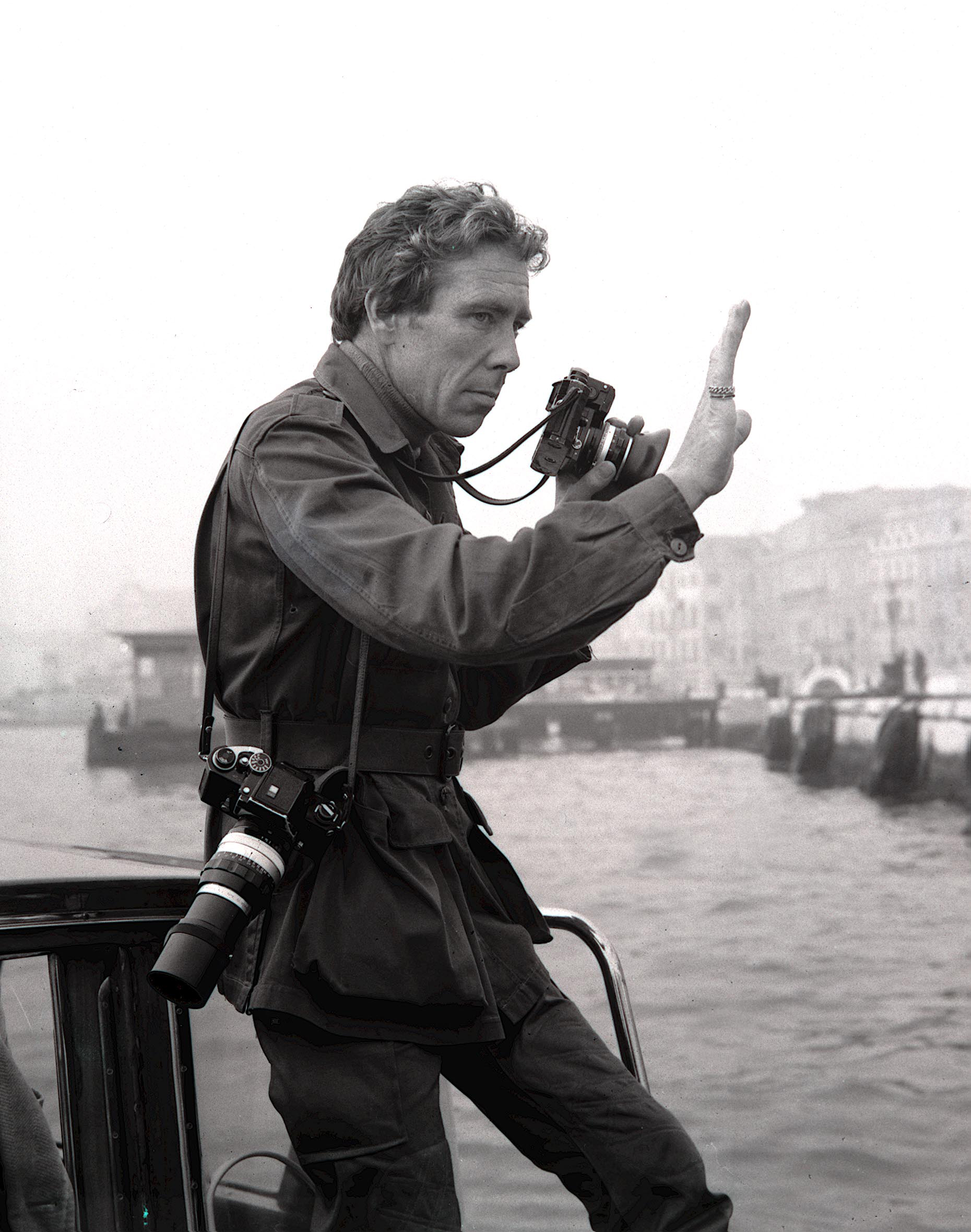
Lord Snowdon, born Antony Armstrong-Jones, died on Jan. 17, 2017, in London at the age of 86. His interest in photography began during his time as a student at Eton and, though he briefly studied architecture at Cambridge, it continued as he left school to set up a photo studio in London, where he became known for throwing wild parties and hosting a revolving door of celebrities.
In 1956, he became the court photographer for the British royal family — an assignment that did more than help his career, as he met his future wife, Princess Margaret, when he shot her official portrait in 1958. Their marriage in 1960, which made him Lord Snowdon, was the first time in four centuries that a British commoner married a King’s daughter. Though LIFE magazine billed him as a “retired” photographer when the magazine featured a five-page portfolio of his work in the March 14, 1960, issue, the marriage was not the end of his career. In fact, after the couple divorced 18 years later, he continued to photograph the royal family.
Beyond his position in the royal family, he was an Emmy-winning director, advocate for the disabled and the co-designer of the Aviary at the London Zoo. His photography appeared in the pages of Vogue, Vanity Fair and Tatler, and he worked for the Sunday Times for nearly 30 years. In 2000, he received a major retrospective of his work at the National Portrait Gallery and over 200 of his images now live in the permanent collection. And yet, in 2010, when interviewed by The Telegraph on the eve of his 80th birthday, he described himself as “an ordinary, run-of-the-mill photographer doing reportage,” and added: “I don’t think I’ll ever give up.”
Boris Spremo (1935-2017)
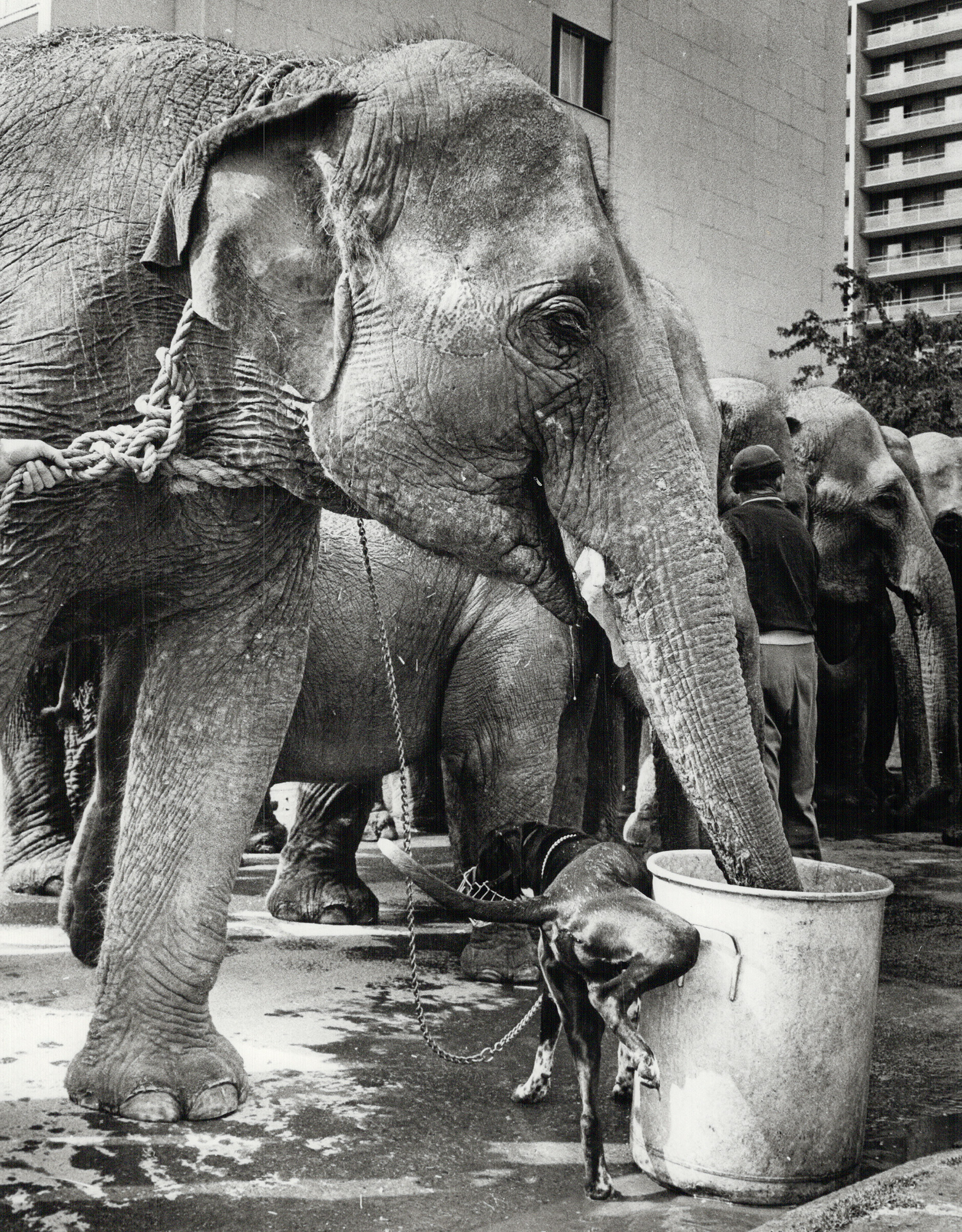
Boris Spremo, the first Canadian photojournalist to win a World Press Award, died on Aug. 21 at the age of 81, after a battle with cancer. Born on Oct. 20, 1935, in the former Yugoslavia, Spremo’s path to Canadian photo history was a winding one — he attended the Belgrade Cinematographic Institute and traveled to Paris before settling in Canada — but he had a long career at some of the nation’s most prestigious publications, working as a staff photographer at the Globe and Mail for four years before beginning a 30-year run at the Toronto Star, from which he retired in 2000. As a staff photographer, he covered everything from war zones to royalty to Muhammad Ali. A member of the Canadian News Hall of Fame, he was known for always getting his shot no matter what the circumstances and for putting his subjects at ease.
It was at the Globe and Mail in 1965 that he achieved an impressive if somewhat odd distinction. Among the numerous awards he received for his work (close to 300) is that year’s World Press Photo award, the first-place prize in the General News category, pictured here. But, according to World Press Photo, though the photo was commissioned by The Globe and Mail, it was never actually run by the paper. Because the editors worried that readers would be offended by the image of a dog urinating, it was never published in the paper — even when they reported on it winning a World Press award.
Virginia Thoren (1920-2017)
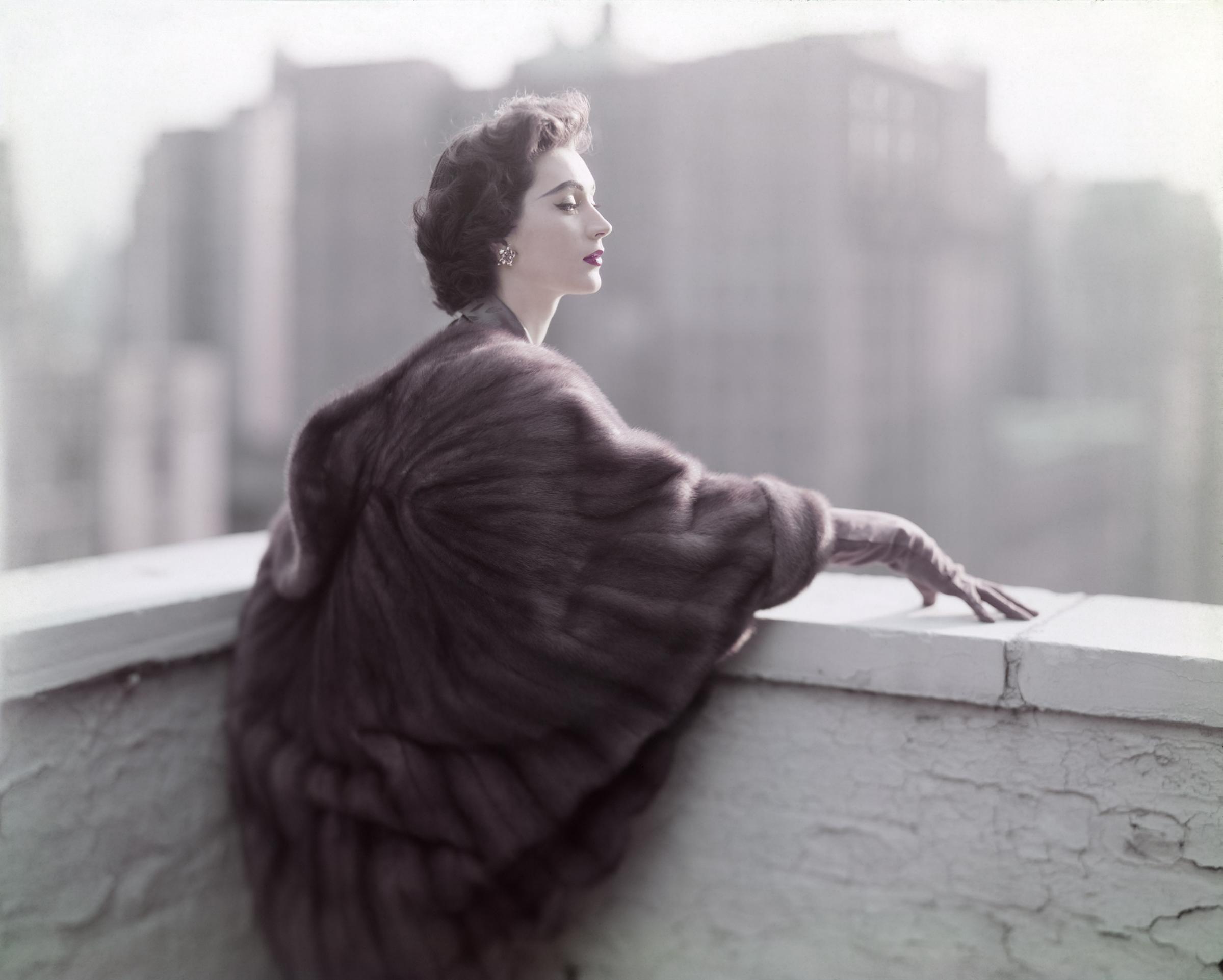
Fashion photographer Virginia Thoren, born to Swedish immigrant parents in South Orange, N.J., died on Oct. 27. She was 97 years old. Although not formally trained, she would go on to shoot for magazines such as Vogue and Town and Country and photographed many famous faces of the day, including actor Vivien Leigh and model Suzy Parker.
Before her interest in photography blossomed, she studied advertising and design at the Pratt Institute in Brooklyn, N.Y. She received her degree in 1942 and soon after joined the art department at Vogue, after turning down a position at the Museum of Modern Art. Although hired as an assistant in the art department there, she also became an assistant to Toni Frissell, the leading female fashion photographer of the time.
In 1944, Thoren began working for Albert Woodley and Company, an advertising agency, traveling to France frequently for her work. She bought her first Rolliflex in 1945 and photographed Yves Saint Laurent’s first collection for Christian Dior in 1946. She was awarded a Certificate of Excellence from the American Institute of Graphic Arts in 1954.
Like her mentor, Frissell, she brought her models outside of the traditional studio and photographed them in natural light and real environments. Her early interest in watercolor is also evident in the soft atmospheric lighting and palette of her work. In 2007, her archives were donated to the Pratt Institute Libraries and her work is represented by June Bateman Fine Art.
In an email to TIME, June Batemen said of Thoren, “She was a unique person and photographer, and always modest about her trail blazing career in post WWII France, and in the competitive and mostly male world of commercial photography in the U.S. through the 1970s.”
Pete Turner (1934-2017)

“I see in color, and it’s as simple as that,” Pete Turner once said.
Turner, one of the first masters of color photography, died on Sept. 18, 2017, at age 83. Known for his brilliant, saturated color images, his work blurred the line between art and commercial photography. His experiments with color began when he was a teenager in Rochester, N.Y. — home of Kodak — and continued as he studied photography at Rochester Institute of Technology (RIT) with peers and future photography stars Bruce Davidson and Jerry Uelsmann.
Upon graduating from RIT, he was drafted into the Army and stationed in Astoria, N.Y., where he ran the color film lab and was able to continue his personal work. His first major assignment came in 1959 where he traveled to Africa for Airstream and National Geographic. In the mid-1960s he met music producer Creed Taylor, which led to a long partnership with Turner’s images gracing the covers of countless classic jazz albums. (One hundred of these images can be seen in the book Color of Jazz.) Perhaps most famously, an image that Turner shot of giraffe in Amboseli National Park in Kenya while on assignment for the oil company Esso in 1964 became the cover art for Brazilian artist Antonio Carlos Jobims’ 1967 album Wave. Turner’s use of filters to manipulate the color in the photo was not done widely at the time, and Turner would later say that the photo was important in his career because it showed him the benefits of breaking the rules. “It said you don’t need to be afraid to experiment,” he said. “Playing things safe is often a mistake.”
Turner was named one of the 20 most influential photographers of all time in 2000 by PDN and his archives reside at the George Eastman House in Rochester, N.Y.
More Must-Reads from TIME
- Why Trump’s Message Worked on Latino Men
- What Trump’s Win Could Mean for Housing
- The 100 Must-Read Books of 2024
- Sleep Doctors Share the 1 Tip That’s Changed Their Lives
- Column: Let’s Bring Back Romance
- What It’s Like to Have Long COVID As a Kid
- FX’s Say Nothing Is the Must-Watch Political Thriller of 2024
- Merle Bombardieri Is Helping People Make the Baby Decision
Contact us at letters@time.com